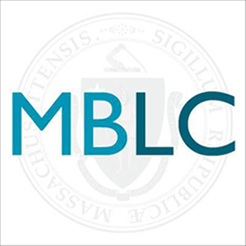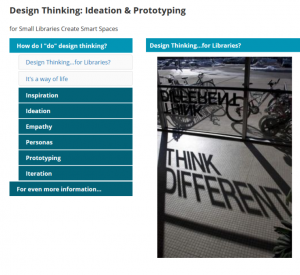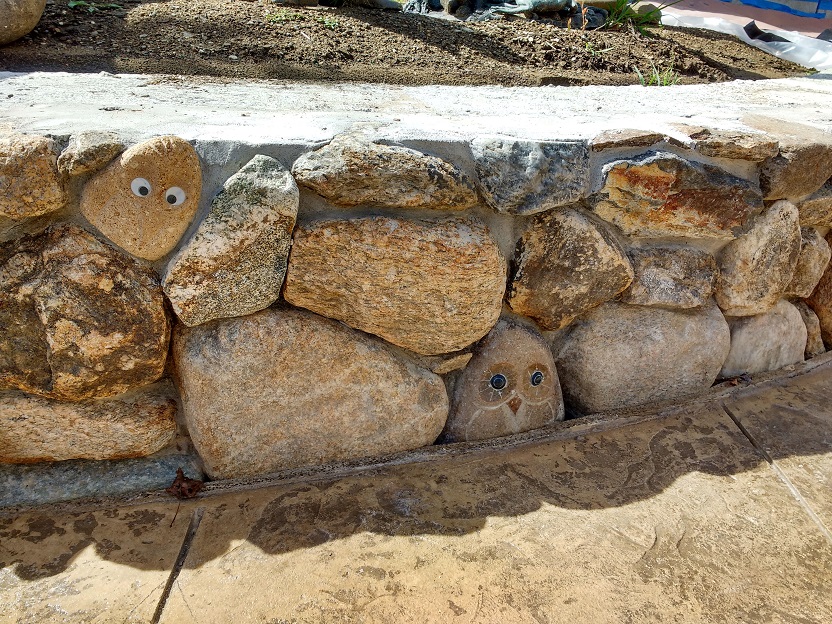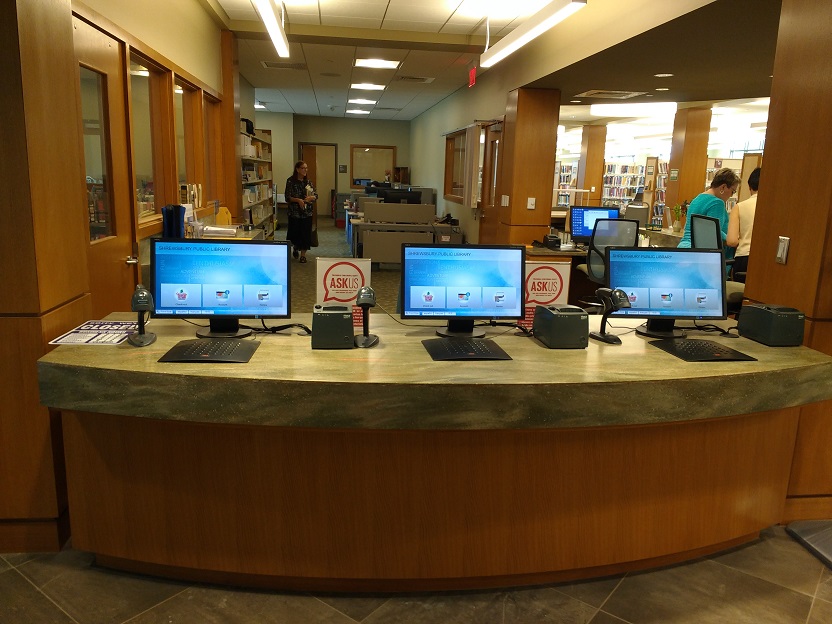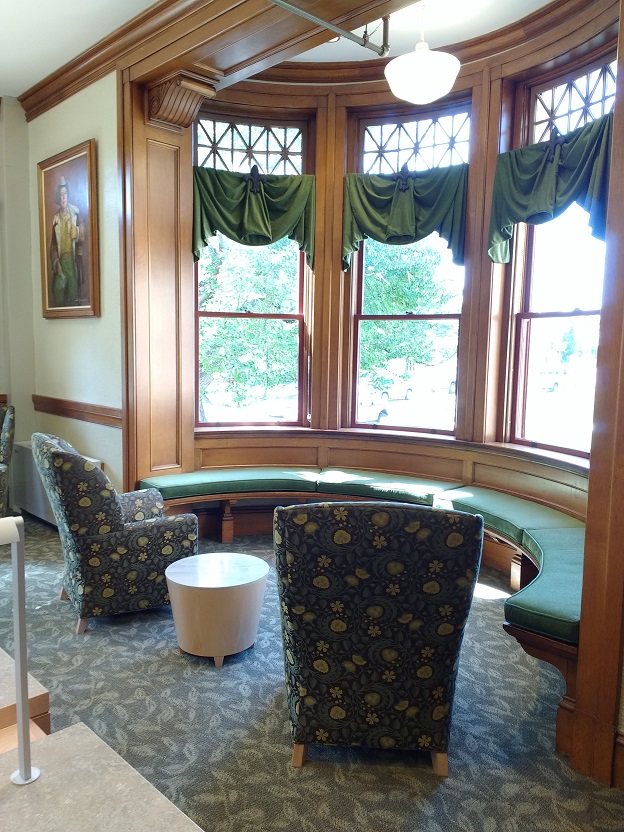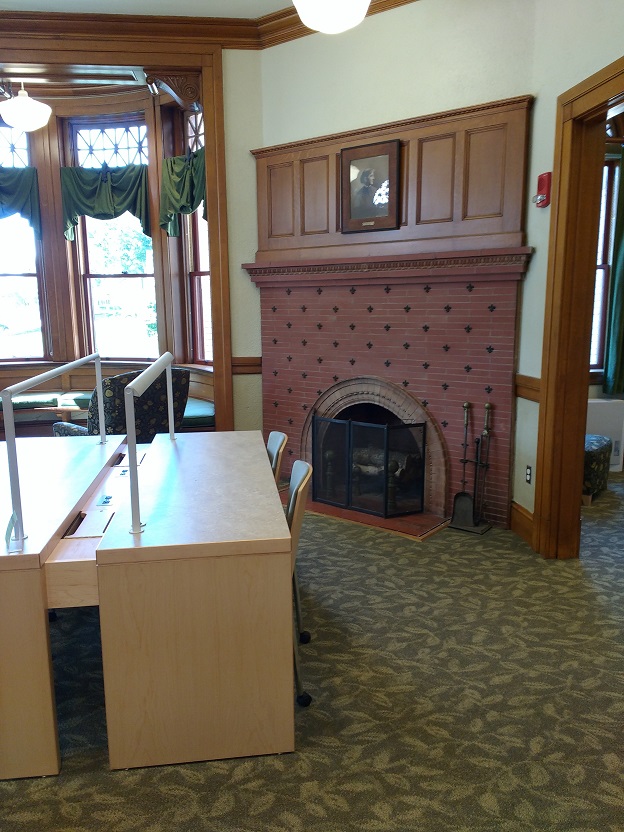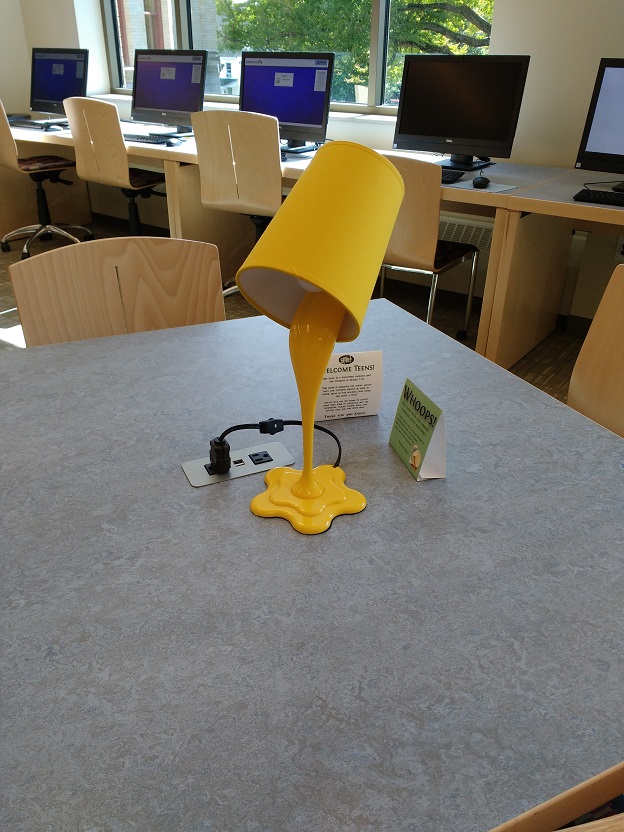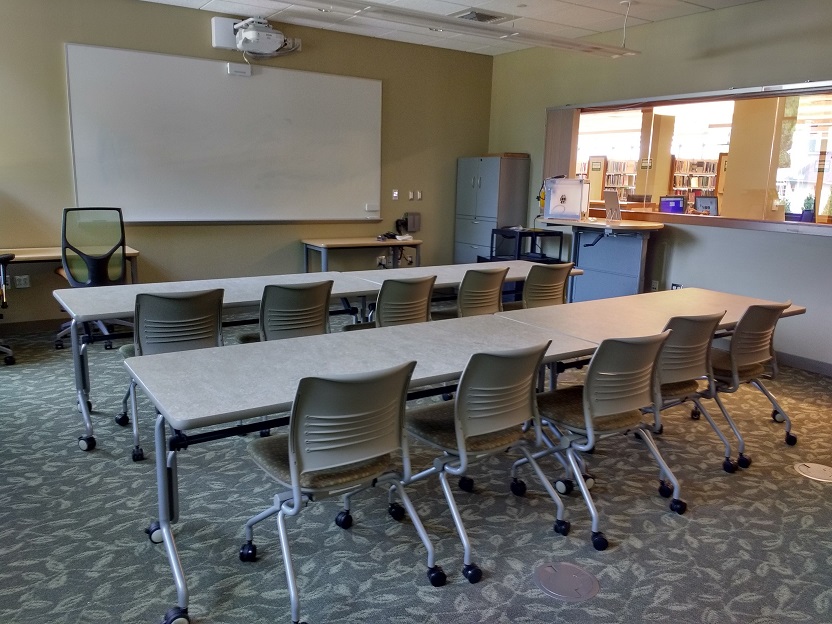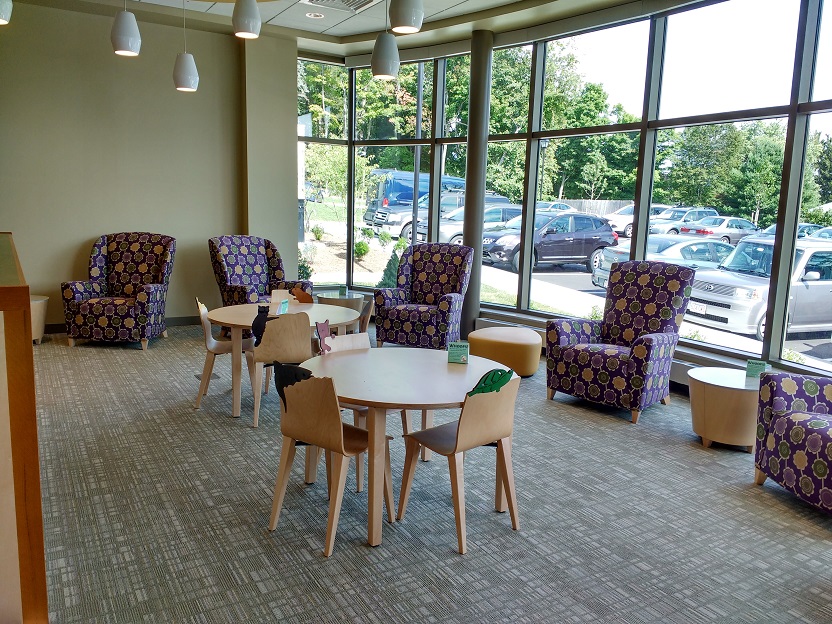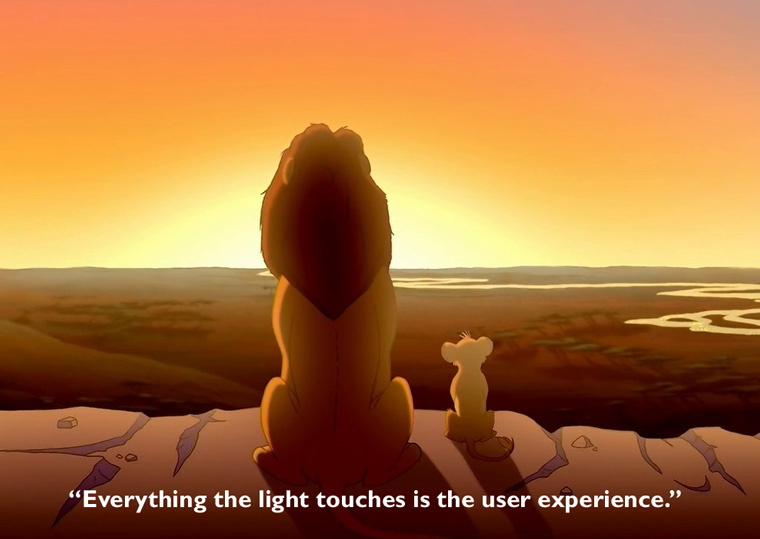By Library Building Consultant Rosemary Waltos
Massachusetts’ web of automated networks, robust delivery service, and state aid funds to public libraries make it easy and convenient for people to use not only their own city/town library but to freely use any public library in the state. And they do!
The perennial question in library circles is why? Why do some folks in Massachusetts cross city/town borders for their library fix? As is true with many questions, the answers don’t come easy or fast. To help figure it out, the MBLC is launching a study of cooperative borrowing and use patterns of Massachusetts public libraries, especially in-person visits by people that live in other cities and towns.
In addition to gathering statistical information from our networks and ARIS reports, between July and September we are seeking input from library users and library staff members through our Your Voice, Your Library survey.
For some people, surveys are at worse The Plague and at best a nuisance, so we are sweetening the deal for even the most reluctant survey taker. During the month of August, patrons completing the Your Voice, Your Library survey get a chance to enter to win one of three Apple iPad Pros. Not bad, right?
As the patron survey closes, we launch a separate survey of library staff in September. As an incentive to complete it, staff members get a chance to win a “seat on the bus” on our exclusive Your Voice, Your Library tour. We will take a small group of library staffers to as many new library buildings that we can cram into one day (dates and libraries TBD). There will be two different tours offered on two different days for up to ten people on each tour. We’ll talk about what’s great about the designs, and what the librarians would do differently next time, and lunch will be provided.
Of course, we can’t do this without your help. We simply ask that you to put the Your Voice, Your Library survey button on your home page and encourage library patrons and staff members to take the survey. It takes about five minutes to complete. We will be sending information and the survey to you in advance through van delivery and on the PubDir and AllRegions listservs.
The Your Voice, Your Library survey is open to the public until September 8. For more information about the survey or how you can be involved in this important effort, contact MBLC’s Library Building Specialists at 1-800-952-7403
Lauren Stara, x245, lauren.stara@state.ma.us
Rosemary Waltos, x246, rosemary.waltos@state.ma.us
And THANKS!
